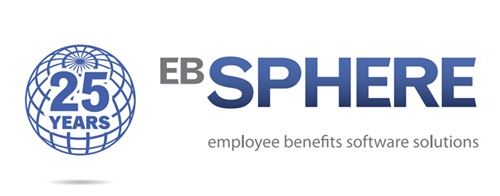Natashia Moosa, Commercial Manager (Africa & Middle-East) at Workforce Staffing
The Constitutional Court’s ruling on parental leave marks a significant and transformative step toward greater workplace equality. For the first time, all parents – regardless of their gender or how they became parents – now share equal entitlement to parental leave. This is a major victory for inclusivity, but it also introduces new operational and compliance challenges for employers. Businesses, especially SMEs, will need to plan for longer absences and adapt their HR systems to accommodate shared leave arrangements. Here, Temporary Employment Services (TES) providers will prove invaluable, offering the flexibility to maintain productivity, fill short-term gaps, and ensure compliance during this transition.
Flexible leave, equal opportunity
Under the new framework, working parents now have the flexibility to share a total of four months and ten days of leave between them, while single parents and where only one parent works, are entitled to at least four consecutive months. Birth mothers must still take six weeks of post-birth recovery leave, counted as part of the shared total.
Parents have the freedom to split their leave, concurrently or consecutively, and if no agreement is reached, the leave should be split evenly. However, it would be best to engage in dispute resolution mechanisms to resolve such arguments between parents for a fair outcome. For fathers and non-birth parents, this is a major step forward, expanding their rights from ten days to a genuine opportunity to share in early childcare and bonding.
Implications for employers
While the ruling empowers parents, it also requires businesses to rethink workforce planning. In most cases, only one parent will be absent at a time, but when both work for the same employer, overlapping or back-to-back leave periods will demand careful scheduling. Paid leave beyond UIF benefits adds another layer of cost considerations. Employers may need to hire temporary staff, redistribute responsibilities, or upgrade HR systems to track shared entitlements accurately.
While these adjustments take effort, businesses that respond proactively can turn this change into an opportunity – demonstrating support for all parents and reinforcing a culture of equality. Offering inclusive parental leave will fast become a talent attraction factor, making strategic planning for these costs essential.
Policy and compliance readiness
Currently, UIF benefits apply only to birth mothers. Non-birth parents, including fathers, will only be able to access UIF benefits once Parliament updates the legislation, which it has up to 36 months to do. During this period, the Fund must determine how to accommodate extended leave for a broader group of parents, potentially impacting contribution rates and/or budgets.
In the meantime, employers can get ahead by:
- Updating policies and contracts to reflect gender-neutral parental leave.
- Replacing terms like “maternity” and “paternity” with “parental leave.”
- Introducing Shared Leave Agreements to clarify whether leave is taken concurrently or consecutively.
- Training managers to support fathers and non-birth parents fairly and foster an inclusive workplace culture.
How TES can help businesses stay on track
Adapting to extended parental leave doesn’t have to disrupt operations. TES providers offer rapid access to qualified and skilled temporary staff, helping SMEs manage absences without compromising productivity. They also assist with compliance, reducing administrative burdens and mitigating risk.
Employers can further support employees by communicating new rights clearly, planning for coverage in advance, and offering measures like phased returns or childcare support. While there are no tax incentives for extended leave, investing in inclusive policies helps attract and retain talent and positions businesses as progressive and equitable.
A cultural shift toward shared parental responsibilities
The Concourt ruling creates a new standard and fosters a cultural shift toward shared parental responsibilities for workplaces in South Africa. By replacing rigid maternity and paternity distinctions with a flexible, gender-neutral approach, fathers and non-birth parents can now take substantial time off to care for their children. This challenges stereotypes, encourages shared responsibilities, supports diverse family structures and promotes equality.
Businesses that embrace these changes benefit from stronger employee engagement, improved retention, and a reputation as an inclusive, equitable employer, while society gains workplaces where all parents can participate meaningfully in their child’s early development.
ENDS

























































































